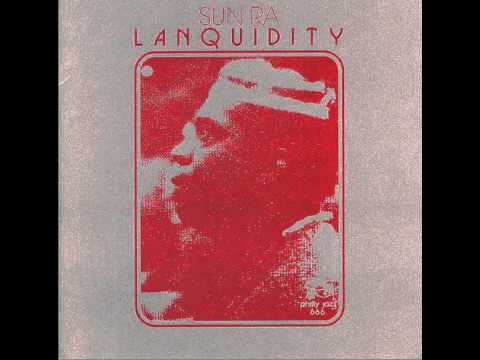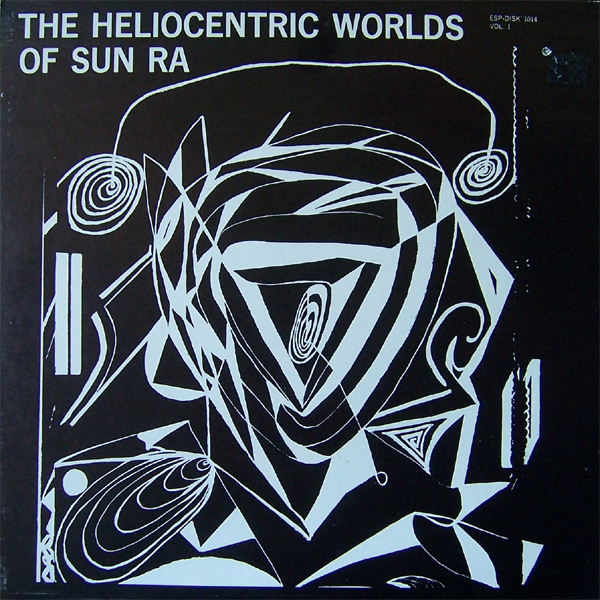Apart from articulating a debate on race and rhythm, black nationalism and the urban struggle in the 1950s US, the 1959 experimental film The Cry of Jazz shows cosmic philosopher and Afro-futurist Sun Ra during his Chicago period.
An Improvised Manifesto on Jazz and Race in 1950s Chicago
From Beware of the Blog— WFMU
Intercutting incredible street footage of Chicago African-American life with a staged interracial party, CRY is part essay, part manifesto, and as startling today as it must have been in the late 1950s. Music is provided by the singular Sun Ra and his Arkestra, who are seen and heard performing at the height of their swing heyday. Shot with practically no budget by a volunteer crew numbering some 65 people, THE CRY OF JAZZ was the only film made by Ed Bland who went on to have a distinguished career as composer, arranger, and producer for the likes of Dizzy Gillespie, Elvin Jones, and many, many others…
httpvh://youtu.be/gNv5l8KuoZw
Sun Ra: The Cry of Jazz, Edward O. Bland’s polemical essay
A curious short from 1959, hailed early by Jonas Mekas as part of the new avant-garde along with Frank and Leslie’s PULL MY DAISY (also being screened) and Cassavetes’ SHADOWS, Bland’s film has not enjoyed the same repertory status. Yet like each of these films, it dramatizes a tension between the rehearsed and the improvised, freedom and constraint.
According to Hesiod, Dreams are the children of Night, and brothers and sisters of Death and Sleep. Like these they are represented in the Odyssey as dwelling in the far West, near Oceanus, in the neighborhood of the sunset and the kingdom of the dead. Deceptive dreams issue from a gate of ivory, true dreams through a gate of horn.
Centered around a debate between black intellectuals and white jazz fans in a nondescript Chicago apartment, its actors are mere mouthpieces for Bland’s thesis (taken directly from his book, “The Fruits of the Death of Jazz”) that jazz is dead because it has exhausted its own inner structure. The paradigm stated again and again is the coexistence of repetitive chord changes with melodic improvisation.
Didactically, the character Alex (and Bland through him) wants his naïve white interlocutors to grasp jazz’s deft balancing act of a “futureless future” for the African-American (the chord changes) with his “deification of the present” (the solos). Accordingly, at the historical juncture that would give birth to the Civil Rights Movement, jazz is dead because jazz as a defense mechanism no longer suffices to give the black his due. But in its heyday, jazz displayed “the incredible genius of the Negro” and was “the one area of American life where whites must be humble to Negros.” Consequently, the white characters evince an amusing form of what I like to call “suffering envy,” suddenly saddened that their treatment of the Other as a soulless animal throughout history has inevitably led to their own soullessness and lack of comprehension.

Watch this video on YouTube
Lanquidity, By Sun Ra, 1978
In many ways, THE CRY OF JAZZ is far more restrictive than its peers in the early phase of the New American Cinema. The black characters seem overly militant, the white ones paper-thin at best. This irritated me as I watched the film, but in hindsight strikes me as a structural necessity. For cinema is astonishingly similar to Bland’s conception of jazz–it stages a tension between an organized conception (directing) and a recalcitrant reality (the image itself). And indeed Bland pairs his rather stilted dialogue with candid scenes from black Chicago life in the late 1950s. The film’s most striking moments take place outside the pad, in the streets, bars, and poolhalls where the voice of dissent is most pronounced. Indeed, its thesis is crystallized in the image of billiards, where multi-colored balls have seemingly infinite freedom of movement within the narrow confines of the rectangular game table.
Jazz, that “damaging commentary on the human wastelands of America,” is given voice by a young Sun Ra (billed as “Le Sun Ra”). Ra’s music was relatively conventional at this point in his career, but already adventurous enough for Bland to distinguish him from the dominant style of the period. It is ironic that Bland did not foresee the sudden explosion of classical jazz aesthetics which Ra and Coleman would shortly achieve, heralding the violence of the next decade in their music. In any case, both the sounds and politics of black liberation are contained in the embryo of this 34-minute film essay. Love it or hate it, CRY OF JAZZ is one of the most historically significant examples of African-American filmmaking, and like many a great work ignored or scorned at its inception, it went off like a bomb several years later, seemingly transcending its own limitations.
Updated 1 June 2018













Pingback: The Supreme Love of the Church of John Coltrane